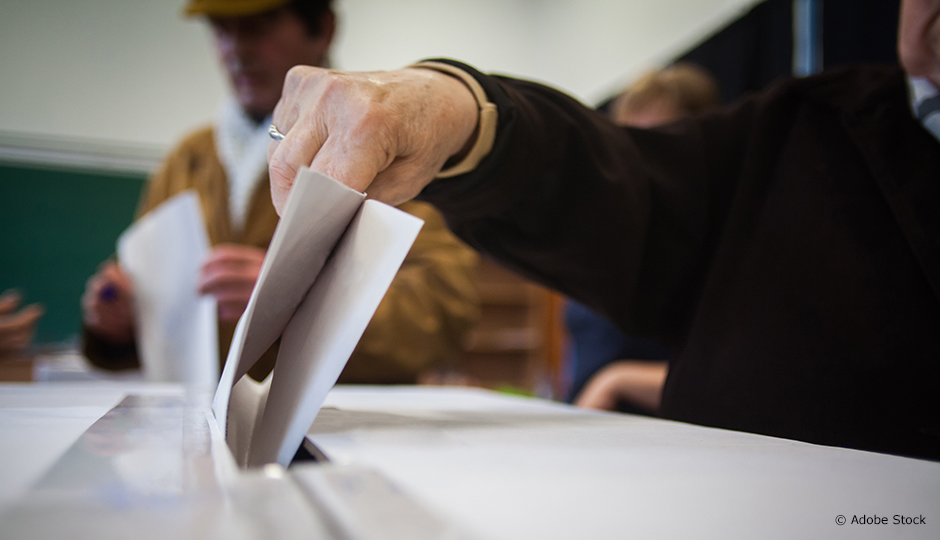For now, online voting is not an option in Québec or Canada. Owing to the technical issues that arose during Québec’s 2005 municipal elections and the irregularities that cropped up in the 2000 and 2004 US presidential elections, the Chief Electoral Officer has recommended a moratorium on electronic voting.
Jeremy Clark has turned to the potential of cryptography to boost the integrity and transparency of voting during elections.
According to Jeremy Clark, associate professor at the Concordia Institute for Information Systems Engineering, Internet voting remains difficult to implement. Computer viruses can easily compromise the confidentiality and reliability of the process. For example, election fraudsters could use malware to vote in a someone else’s place, and citizens may be tempted to sell their passwords—and their right to vote—to the highest bidder. Because an e-vote is secret and leaves no trace, there is no way to detect fraud. Seeing that it is impossible to guarantee the confidentiality and reliability of cybervoting, the researcher is focused on adding an extra level of security to paper ballots and using the Internet in another way, especially since electronic voting would only increase voter turnout by 3%.
Jeremy Clark has turned to the potential of cryptography to boost the integrity and transparency of voting during elections. He joined the Scantegrity II project, which was conducted in a small municipality outside Washington, D.C. Voters used a special pen that activates an invisible ink to reveal a confirmation code in the voting response location they chose. After the election, they could go online and use the code to ensure their vote was properly tallied only once.
The project serves as a proof of concept but must be further improved before it is implemented on a larger scale.




